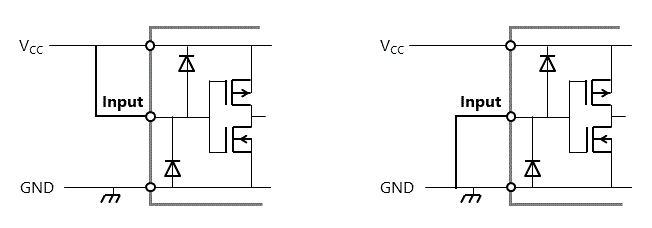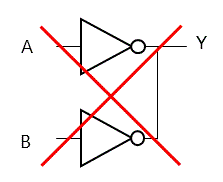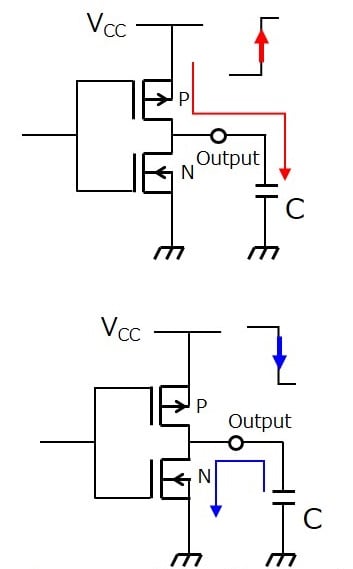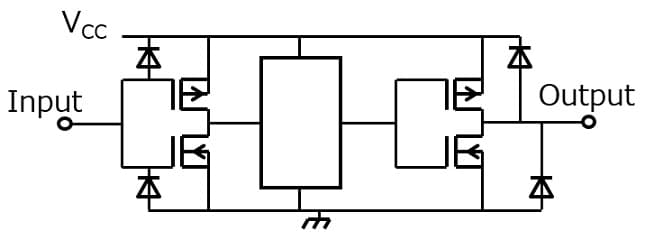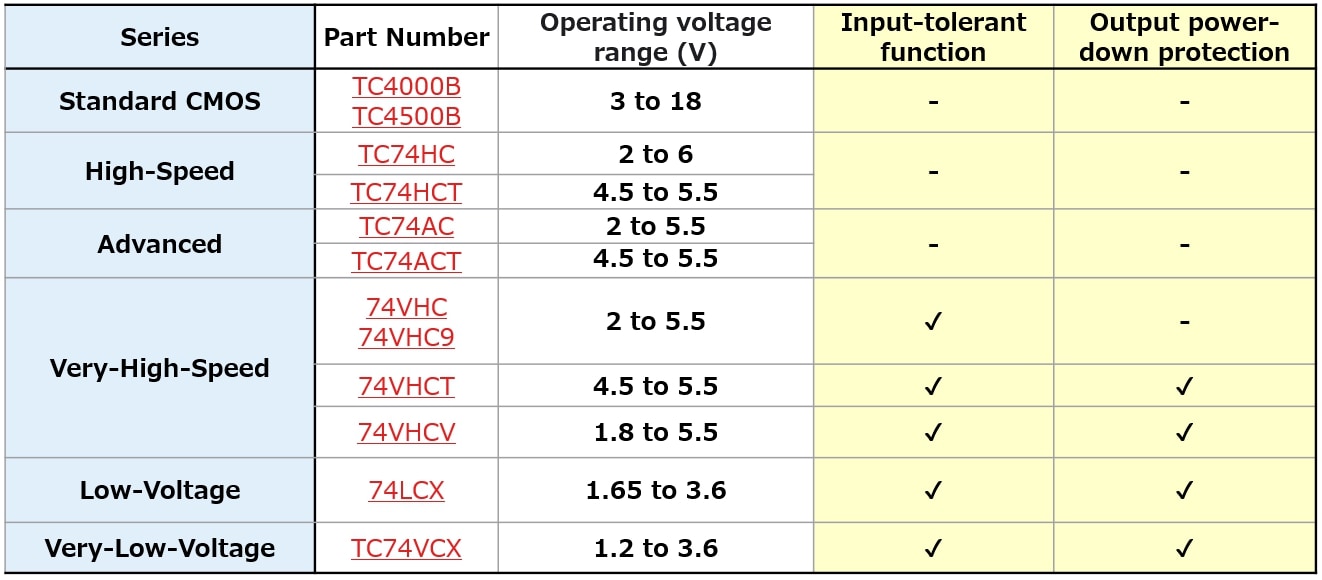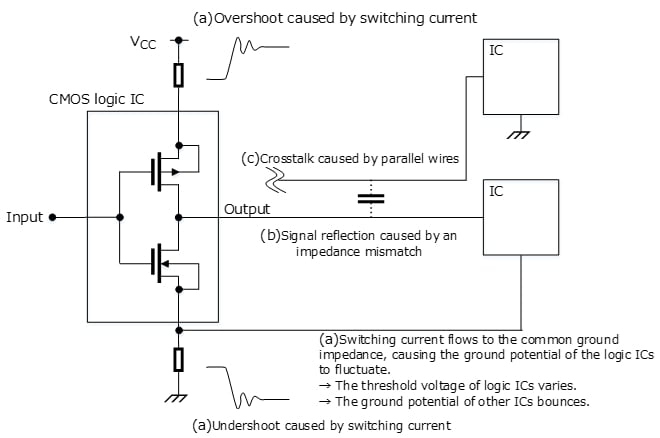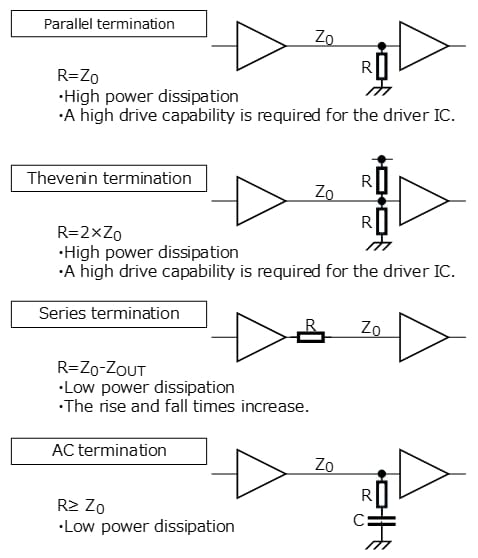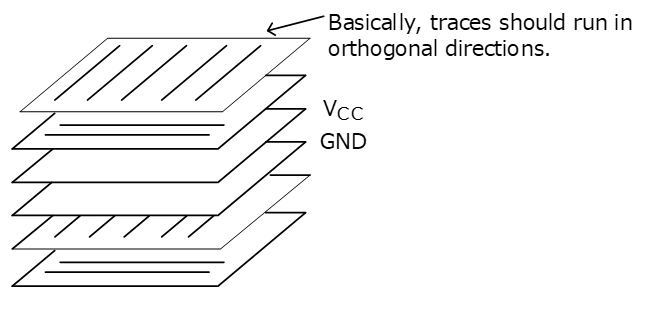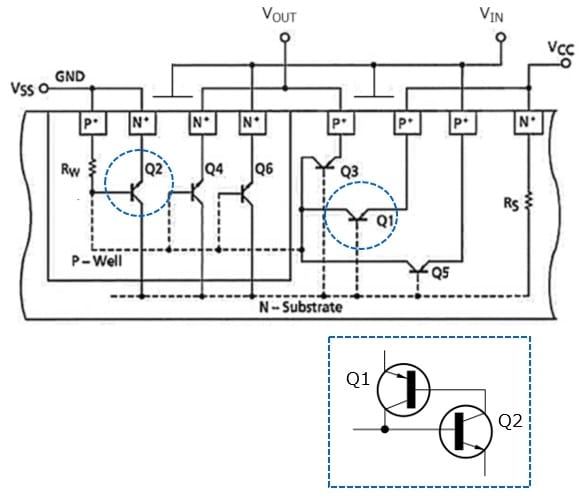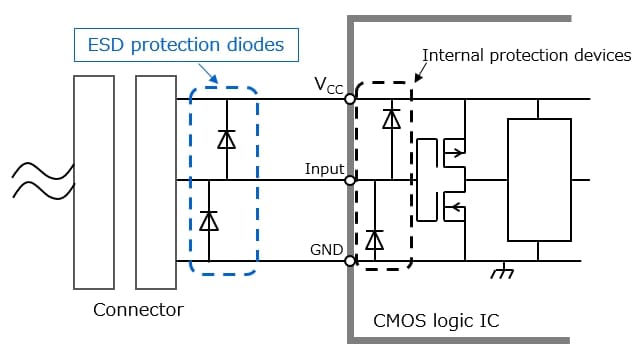- 半導體首頁
-
應用Automotive
Body Electronics
xEV
In-Vehicle Infotainment
Advanced Driver-Assistance Systems (ADAS)
Chassis
IndustrialInfrastructure
BEMS/HEMS
Factory Automation
Commercial Equipment
Consumer/PersonalIoT Equipment
Healthcare
Wearable Device
Mobile
Computer Peripherals
-
產品車用元件
Discrete Semiconductor
Diodes
電晶體
通用邏輯IC
Analog Devices
Digital Devices
Wireless Devices
※
: Products list (parametric search)
功率半導體※
: Products list (parametric search)
隔離器/固態繼電器Photocouplers
Digital Isolators
※
: Products list (parametric search)
MOSFETsIGBTs/IEGTs雙極性電晶體※
: Products list (parametric search)
Diodes※
: Products list (parametric search)
微控制器馬達驅動 ICs智能功率 ICs※
: Products list (parametric search)
電源管理 ICs線性 ICs※
: Products list (parametric search)
通用邏輯 ICs線性影像感測器其他產品其他產品
※
: Products list (parametric search)
-
開發/設計支援
開發 / 設計支援
-
技術知識
- 購買管道
- 型號 & 關鍵字搜尋
- 交叉搜尋
- 參數搜尋
- 線上庫存查詢跟購買
This webpage doesn't work with Internet Explorer. Please use the latest version of Google Chrome, Microsoft Edge, Mozilla Firefox or Safari.
型號需要超過三個文字以上 Search for multiple part numbers fromhere.
The information presented in this cross reference is based on TOSHIBA's selection criteria and should be treated as a suggestion only. Please carefully review the latest versions of all relevant information on the TOSHIBA products, including without limitation data sheets and validate all operating parameters of the TOSHIBA products to ensure that the suggested TOSHIBA products are truly compatible with your design and application.Please note that this cross reference is based on TOSHIBA's estimate of compatibility with other manufacturers' products, based on other manufacturers' published data, at the time the data was collected.TOSHIBA is not responsible for any incorrect or incomplete information. Information is subject to change at any time without notice.
型號需要超過三個文字以上
Countermeasures for Metastability
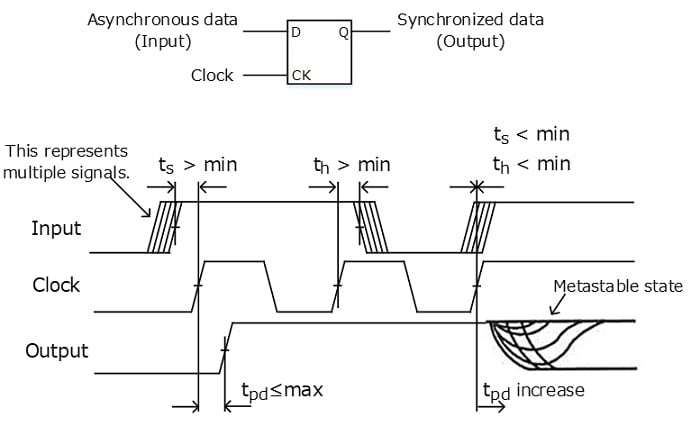
The output of a synchronous sequential circuit can potentially persist in an unstable equilibrium called a metastable state, depending on the timing of a data signal to be latched relative to the clock signal.
A sequential circuit enters a metastable state when its input setup and hold time (ts and th) requirements shown in the datasheet are not satisfied.

Metastability potentially occurs when an active input (e.g., a clock signal) and a passive input (e.g., a data signal) are asynchronous to each other. To prevent sequential circuits from entering a metastable state, the recommended timing conditions shown in the datasheet must be satisfied.
For example, when the CK and D inputs are asynchronous, they can be synchronized as shown below.
In this case, however, care should be exercised as to the cycle period and propagation delay of CK.
If they are close, the data signal might not propagate to the second flip-flop.
The synchronizer shown in Figure 5.3 consists of two flip-flops. The first flip-flop prevents an increase in tpd and a hazard from being transferred to the output of the second flip-flop.
Even in this case, care is needed when the phase difference between CK1 and CK2 is close to the CK-to-Q delay (tpd) of the first flip-flop.
Note: If the two flip-flops cannot operate from the same clock, metastability is avoidable by creating an inverted clock synchronous to CK1 and using it as CK2 (e.g., CK2 = /CK1).
CMOS邏輯IC的使用注意事項
Products
Related information
- Application Notes
- FAQ


